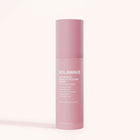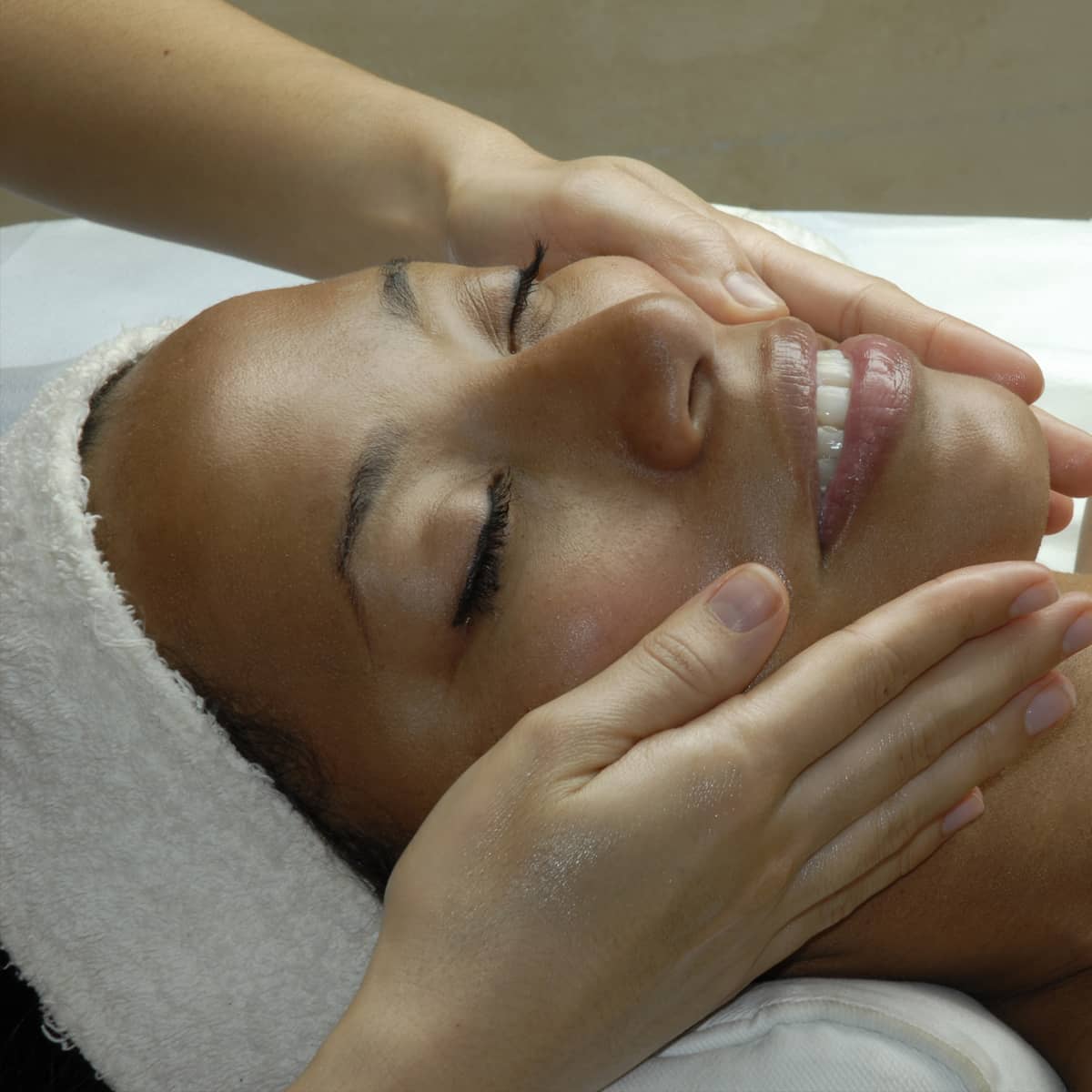

Heat Therapy Skincare Benefits

While it’s a common myth that heat can open or shrink pore size (it can’t), heating therapies such as steam and galvanic current, can soften the plugs of oil, or sebum trapped within the pore, making the use of these procedures a common practice amongst estheticians and dermatologists before they do extractions. When heat is applied to the surface of the skin, it immediately widens the blood vessels in a process called vasodilation. Blood circulation is then greatly increased, resulting in improvement of color, reduction of inflammation, and an overall “healthy” glow (who doesn't want that?).
Another benefit of heat therapy is that it can reduce product waste by encouraging full absorption of serums into the deepest layers of your skin. With anti-wrinkle creams running upwards of $200, it pays to maximize your skin’s ability to absorb as much nourishment as possible and get the most bang for your buck out of your products’ active ingredients.
If you don’t want to add more products to your skincare collection (there’s only so much space on a bathroom counter), a trip to an infrared sauna may be in the cards for you. By raising the body temperature, sweat helps detoxify the body, kill acne-causing bacteria, unclog pores, and leads to an exceptional glow.

When it comes to using warming therapy on your sensitive facial skin always be careful. Everyone’s skin is different, and if you have more questions about how to pair certain serums and creams with warming devices check with your dermatologist.















